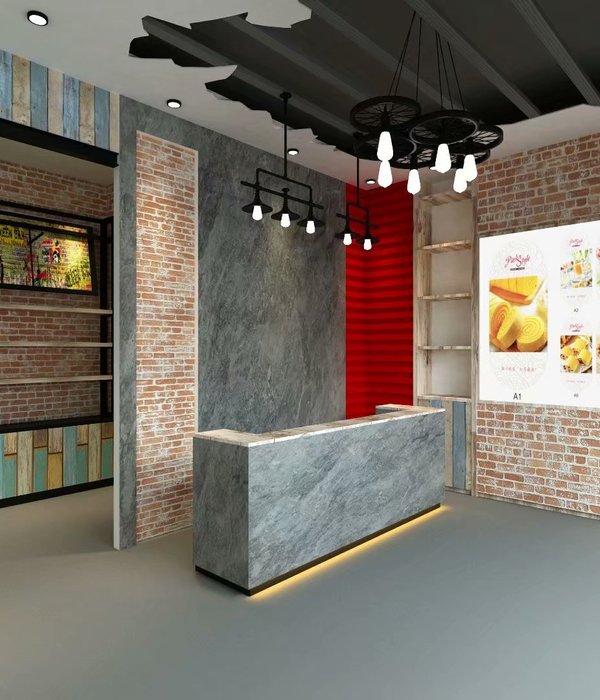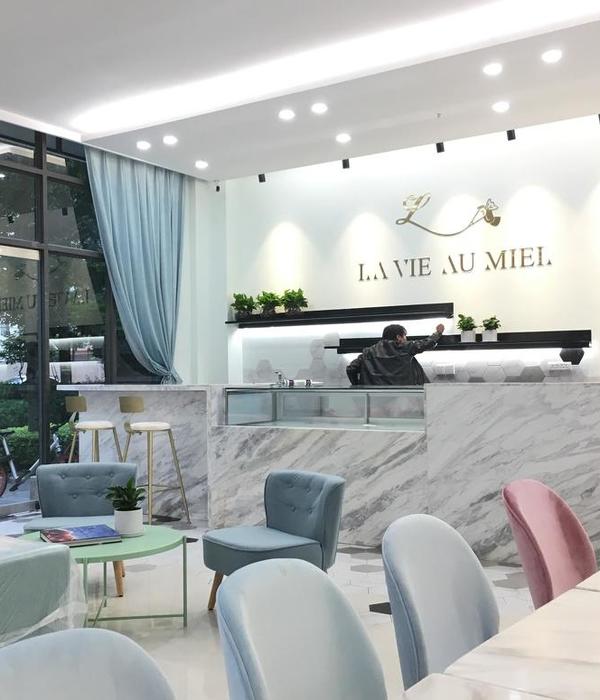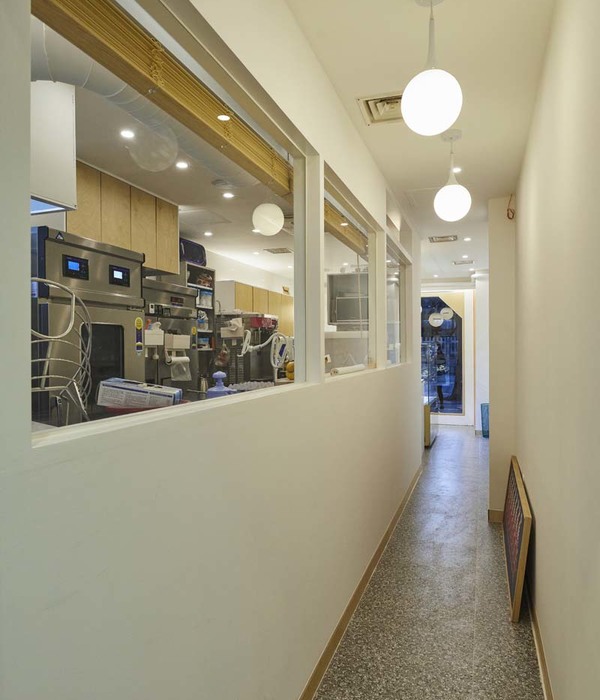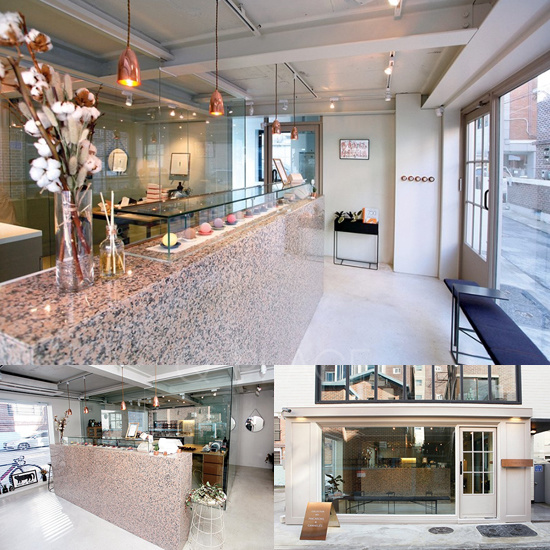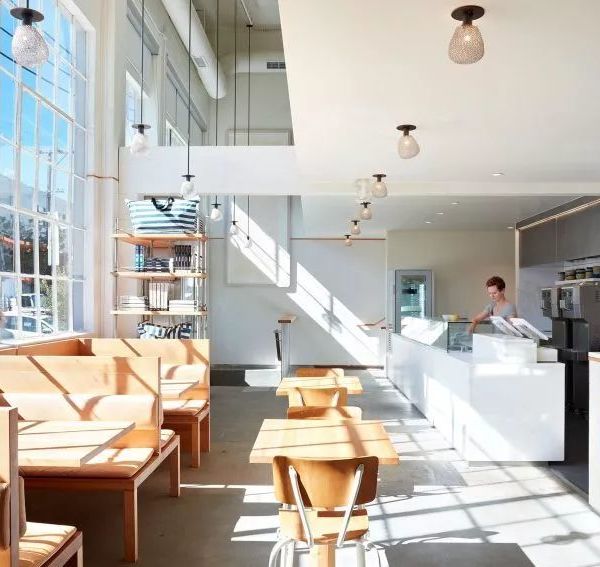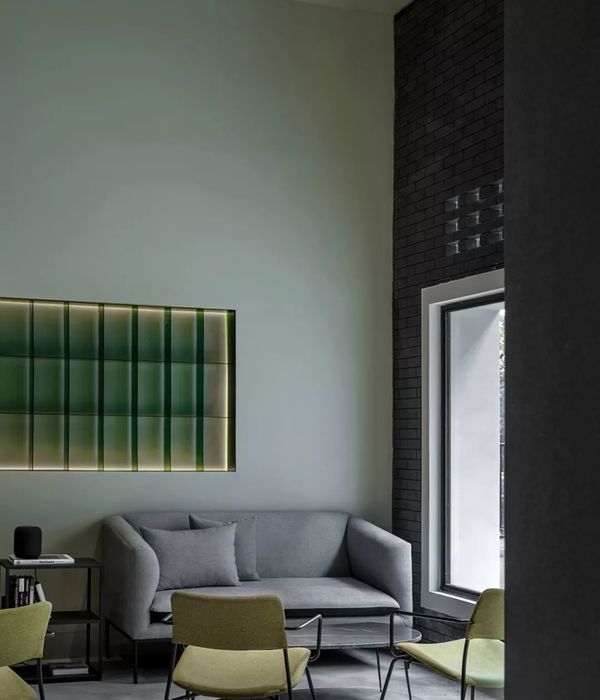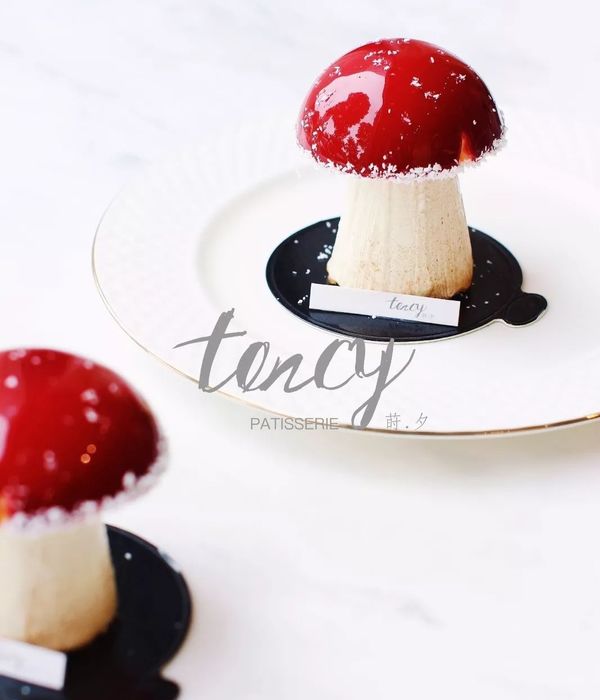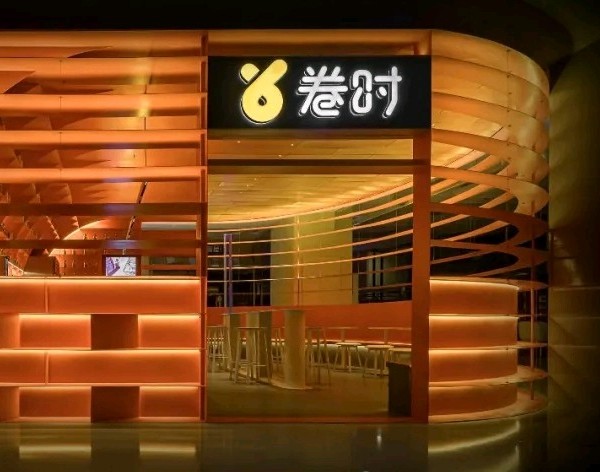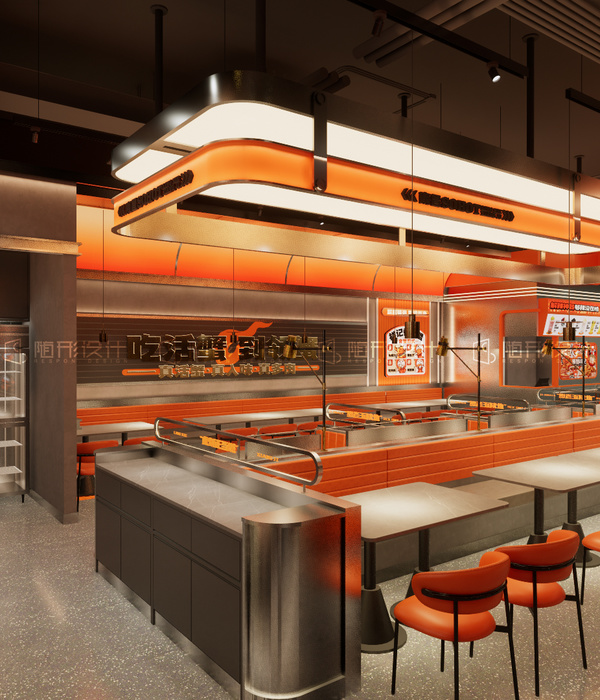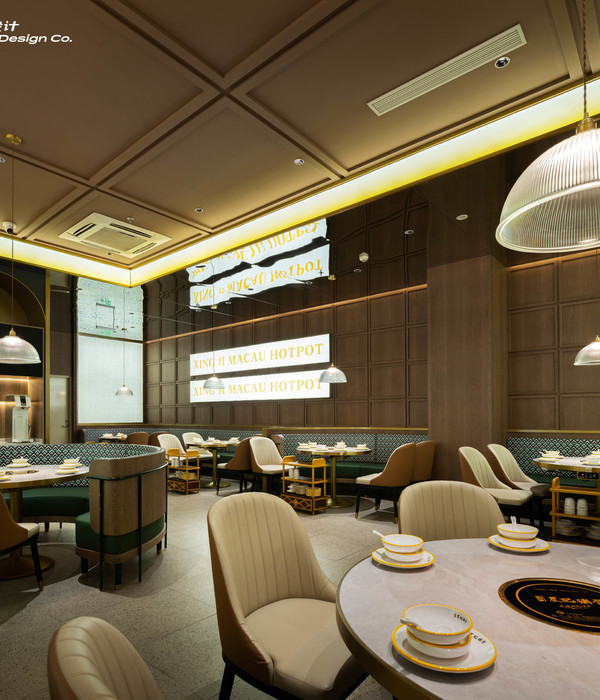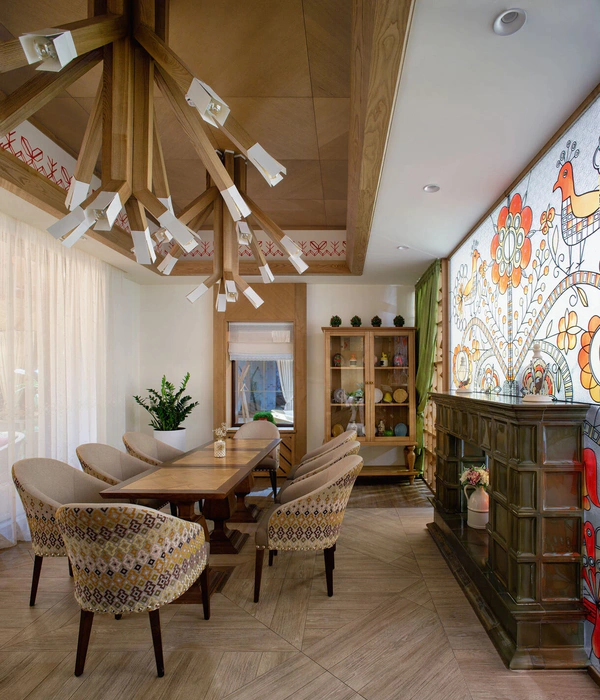The Chaarani stairs are a UN-Habitat-funded public space project located in Qobbe, a low-income neighbourhood in Tripoli, Lebanon. Designed by EVA Studio and implemented by Solidarites International, the project consists of the rehabilitation of public stairs that run through the neighbourhood. These stairs are structurally vulnerable to flooding and other challenges, but are a key access as they connect this neighbourhood to Tripoli’s historic centre and the souks. The project takes on different challenges: from urban displacement and social integration between the host Lebanese community and Syrian refugees (who in this neighbourhood make up approximately 15% of the population) to post-conflict recovery. Located in close proximity to recent clashes between residents of two neigbouring areas, Jabal Mohsen and Tabanneh, inter-communal tensions and sectarian lines are layered, sometimes spilling over across invisible lines.
An early engagement with a group of Lebanese women explained how public space was often associated with armed snipers walking up and down the steep stairs. The surrounding facades and balconies, still crumbled by bullet holes, seem to confirm that these clashes were quite recent. Perceived as a spillover of the Syrian civil war in Lebanese territory, these violent events ended in 2014, and public life in the neighbourhood resurfaced, from children playing on the stairs, to bakers preparing zaatar manouche and women drinking coffee during the sobhiyyeh (the morning chit chat). Despite the residents’ determination to reclaim dismissed public space, many challenges remained. To understand the local needs and priorities and to inform the design process, culturally sensitive community engagement was conducted through different focus groups for Syrians, Lebanesse, women, men, youth and elderly. This helped to facilitate everyone the opportunity to voice their concerns and aspirations freely. The Chaarani stairs, part of Qobbe’s maze-like network of public stairs, have been rejuvenated through the use of locally-manufactured encaustic cement tiles in a wide variety of colourful patterns. The adoption of this old technique, well known in Lebanon in the courtyards of high-income households, aims at providing the residents with a place with a clear set of aesthetic values, while celebrating such enchanting local building material.
The implementation of the project included the collaboration with local artist Alfred Badr (EpS), who has painted a mural representing a local girl who died at the age of 11 a few years before. The artwork, discussed and agreed with the family of the young girl and their neighbours, was well received within the community and together with the colourful tiles and urban furniture helped creating a strong sense of identity in the area. Early feedback has been extremely positive. Post-occupancy focus groups with Syrian and Lebanese men and women stressed the effects on security, hygiene and cleanliness. The aesthetic value was also celebrated, and the spaces are emerging as morning gathering points and newly opted transit routes. The addition of lemon and orange trees — symbolically denoting the city’s historic citrus industry — has given a sense of heritage and place, adding to the desire of residents to care for the neighbourhood.
{{item.text_origin}}

